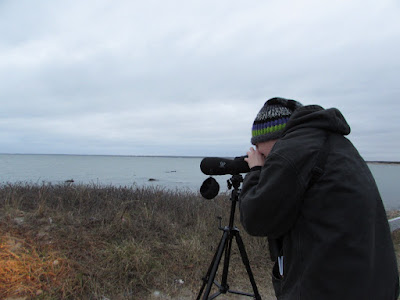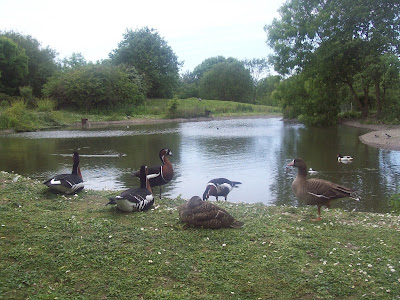Nature Note #190: One Hundred and Ninety Nine

199. We usually see this number (more often in decimal form) when browsing store shelves for groceries or cheap stationary, but as of this evening, this number represents an achievement. I am one bird away from reaching my goal to observe 200 species of birds in 2016! This week has been one of the most productive for birding I've had in a long time. Ten species have boosted my year birding total from 189 to one step away from a hard won goal. Here is the story of how this attempt was made! "Where are those butter-noses?" On Monday, my girlfriend and I had a chance to visit Gooseberry Neck in Westport, MA to try for scoters and other winter waterfowl. Despite our youthful energy, the weather at this time of year is hellbent on making you regret leaving any heated space. The Massachusetts coast is known for two things during the winter months: bone-chilling cold and blustery gales and it certainly delivered both on that day. As I scanned the western horizon for bi





